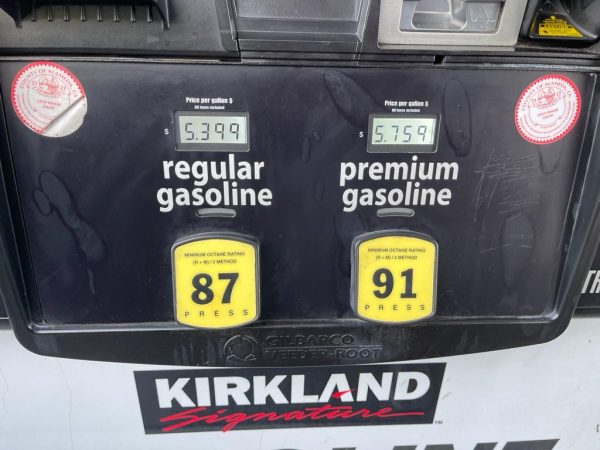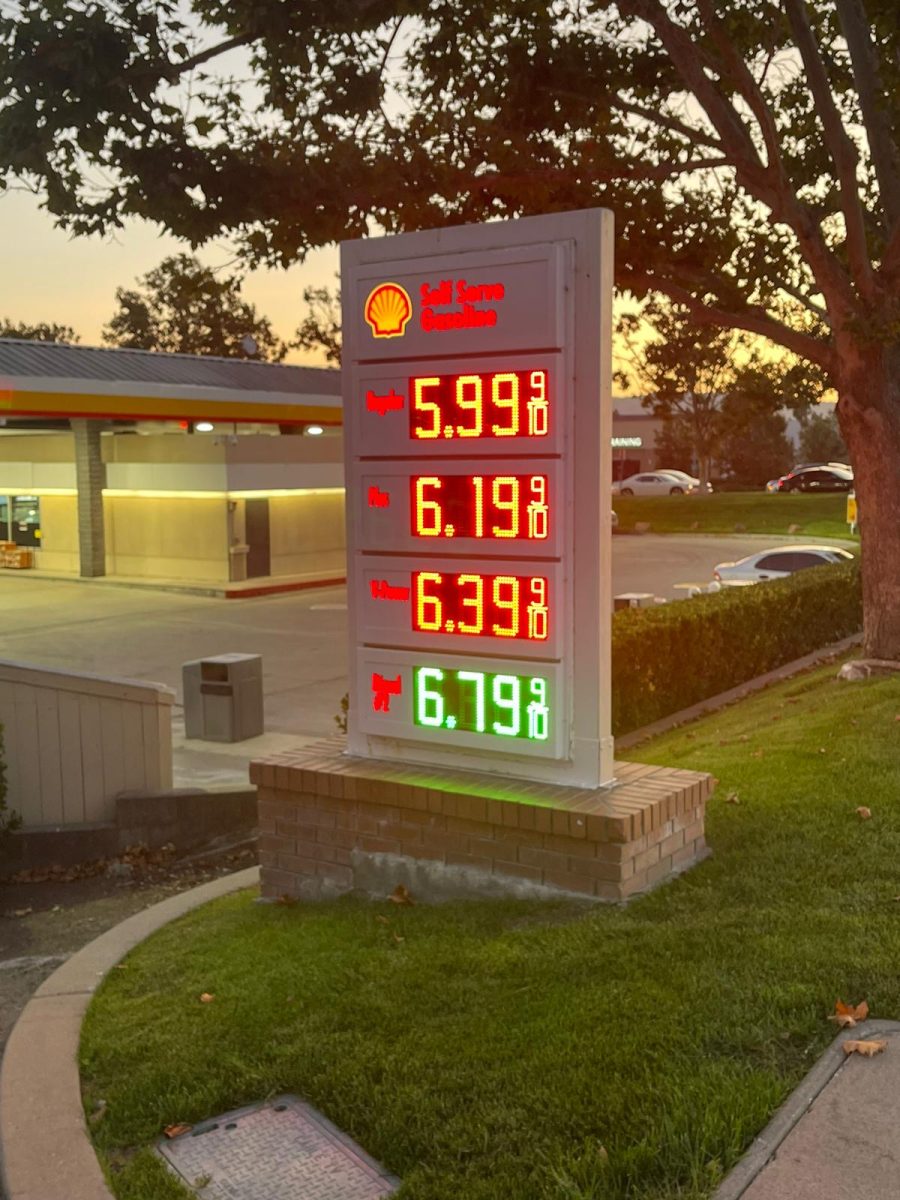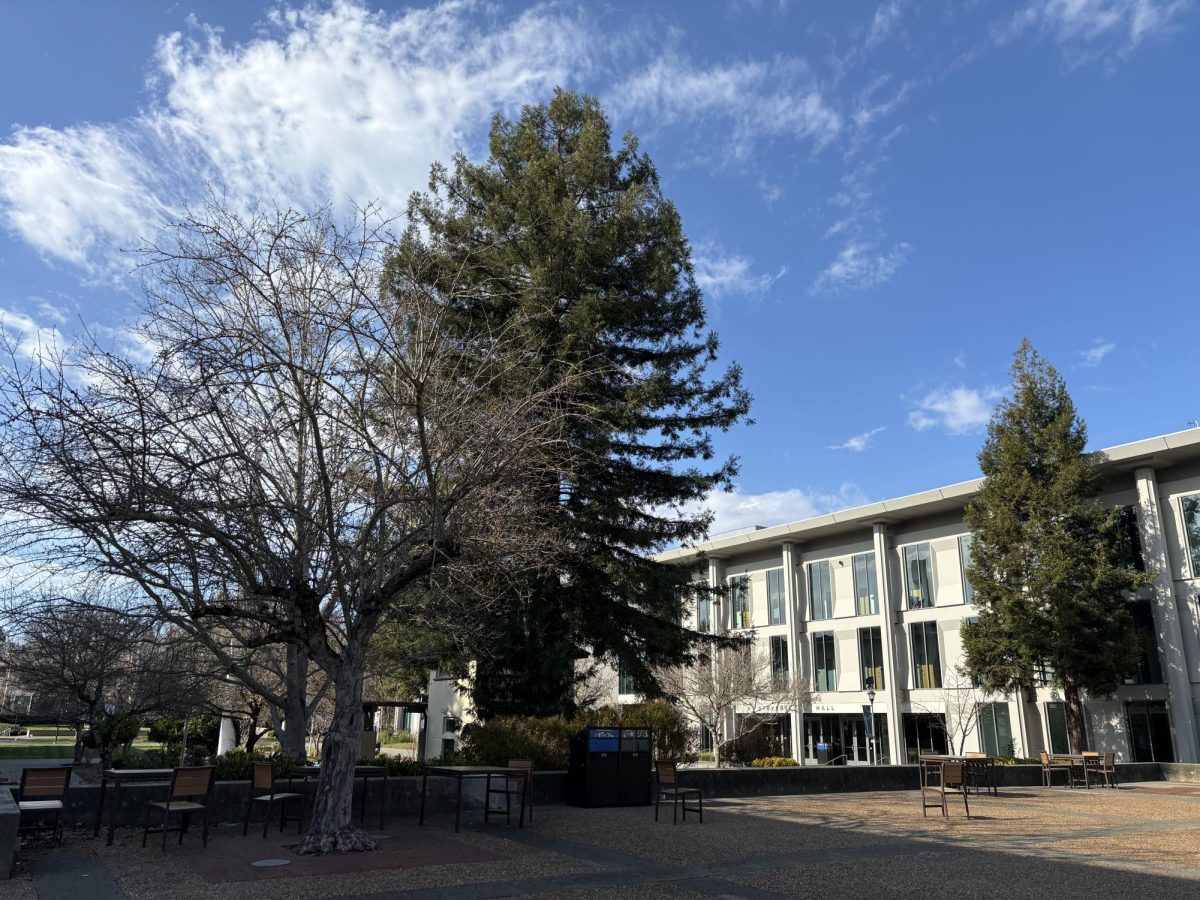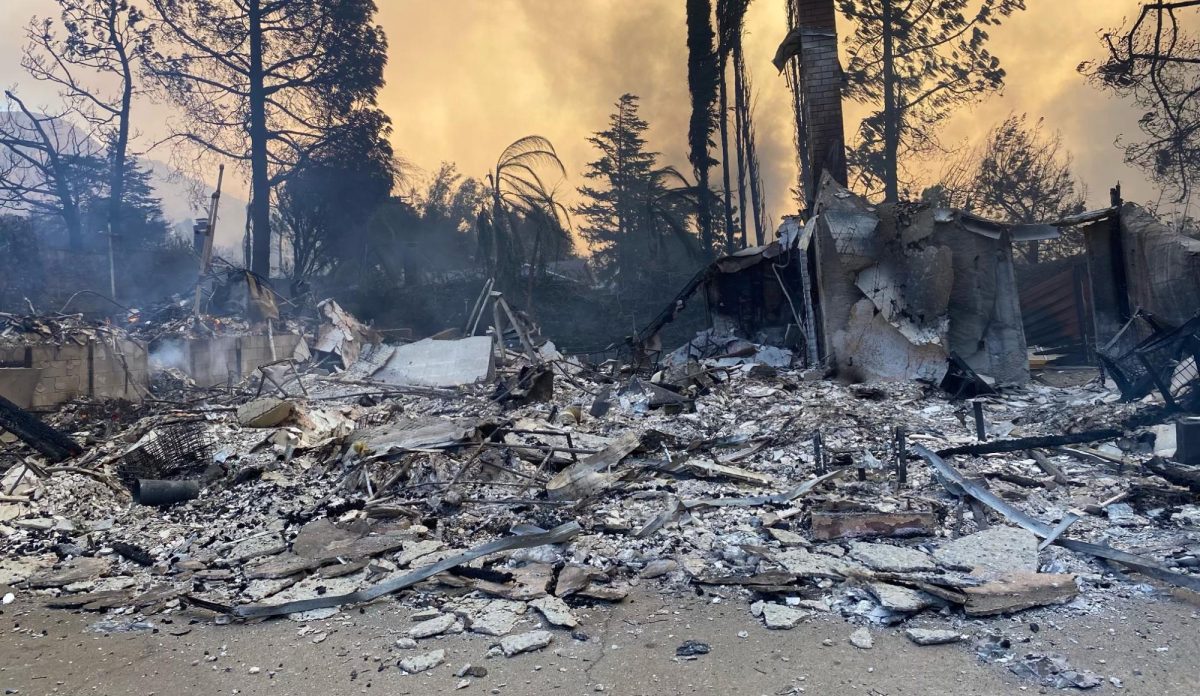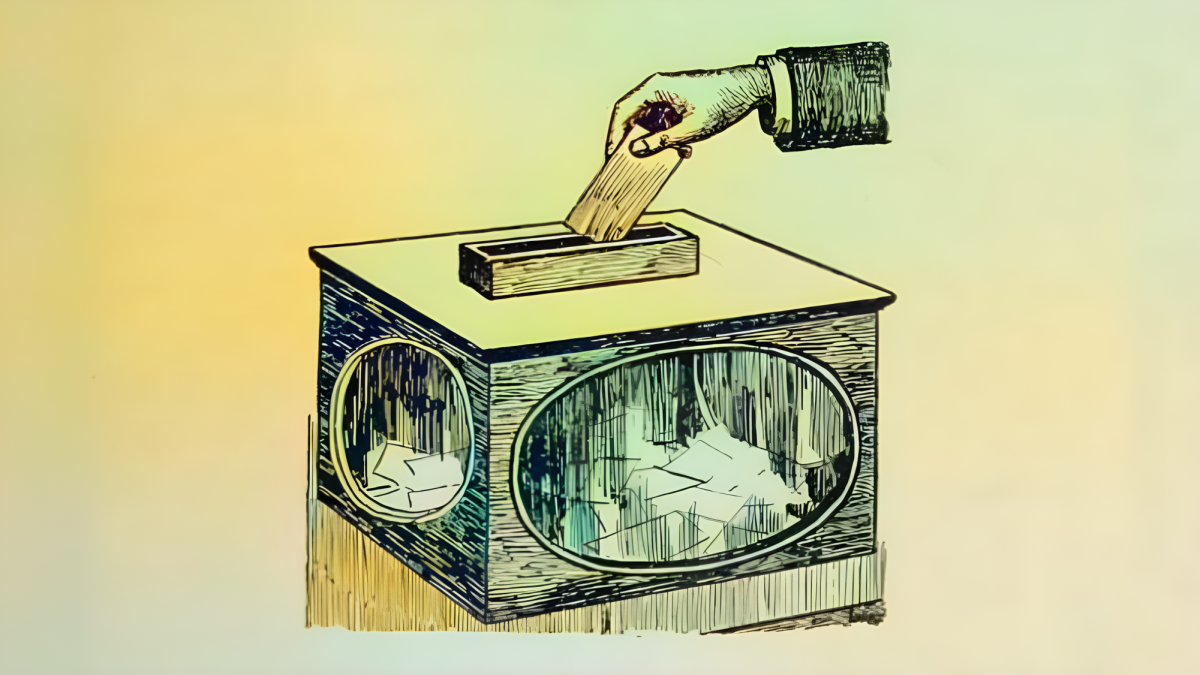Still trending upward, California gas prices climbed by 80 cents in the month of September and reached over 6 dollars, 55% higher than the national average.
Several factors contribute toward the gas price, and with 56% of California’s crude oil coming from foreign sources, global affairs play a significant role considering the Russia-Ukraine conflict and Saudi Arabia cutting down oil production for the rest of the year.
“We recovered from COVID, we have the war in Ukraine, and we are not getting gas from Russia or Saudi Arabia, so special times like these call for action. I think our main priority is fixing the issue of gas prices, and therefore, I personally think we should be drilling in Alaska,” said Shaurya Shrivastava (‘25).
California is the most expensive state in the country for gas, with an additional $1.45 per gallon in surplus taxes and fees on top of the relatively high-cost price. Part of the the state fees go towards the underground storage of the barrels and the development of roads and highways.
“The fact that it’s going towards public infrastructure is a good thing. I do think we do need a balance between taxing and building infrastructure, giving back to the community through those ways, but also, we can’t be taxing oil companies too much,” said Shrivastava.
A bulk of the extra $1.45 is due to California’s additional fees for various low-carbon environmental programs, and regulations for cleaner energy have also increased costs in efforts to combat climate change.
“I think it is fine to keep the regulations because there are other things that we can reduce, like corporate profitability to spread the cost across more people than just people who buy gas. I think oil companies have too much profit, and that needs to be reduced,” said AP Government and Politics Teacher Samuel Weaver.
Earlier this year, in March, Governor Newsom signed Senate Bill X1-2, which attempted to prevent oil companies from “oil gouging” by increasing transparency on the price and setting maximum margins. Trying to hold big oil accountable, he has also recently appointed a new “Oil Watchdog.”
“Pleasanton is a more privileged area because everyone generally is able to afford these prices because it’s a higher income area. California is using the taxes to pay for roads or whatever, but some people just can’t fill up gas anymore, and it’s affecting how they go to work, whether they keep their car or not,” said Ishan Junnarkar (‘24).
Governor Newsom is actively working on relief for drivers by speeding up an early delivery of winter blend gas, which is significantly cheaper than the current summer blend and will provide the expected price decrease.
Why do gas stations differ in price so much?
Gas stations get their gas by buying it from refineries. And usually, the local stations buy from the 14 oil refineries in California. Currently, only 11 of them produce fuel that meets the state’s transportation standards, and four are currently down due to maintenance, limiting supply.
Whether a gas station is owned by a big oil company or franchised can also make a big difference in price as some stores rely more on selling gas while others make up the profit in the attached convenience store.
“If I see two gas stations right across from each other, I will be looking at both of the prices, but also something to consider is how well each gas burns because I would rather pay more for a Chevron than some random gas stations that would give me a terrible mileage,” said Junnarkar.
Wholesale stores remain a popular choice for cheap gas. This is because they exist primarily to attract customers to their store with consistently low prices for gas, and these stores can afford to lose out on the profit with the increase in routine customers.
“I either go to Safeway or Costco because they tend to have the lowest prices. But if it is like a last-minute thing, I would go to a gas station closer to my house,” said Weaver.
